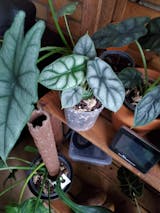5.0 / 5.0
(1) 1 total reviews
Alocasia baginda 'silver dragon'
Alocasia baginda 'silver dragon'
Couldn't load pickup availability
We clean up after ourselves.
Ecommerce deliveries have a carbon footprint. That's why we support verified projects that remove carbon from the air.



Every delivery’s carbon footprint is calculated based on weight, shipping method, and distance traveled. We neutralize these emissions by purchasing verified carbon removal credits from groundbreaking projects.



With your purchase, you’ll join a community of proactive merchants and customers dedicated to a sustainable future. Together, we've removed emissions for over 69 million deliveries and removed over 49 thousand tonnes of carbon.

We work with a network of pioneering carbon removal companies that have been vetted by the commerce platform Shopify.

Alocasia silver dragon is an easy-care houseplant with thick silver-colored leaves.
Alocasia baginda 'Silver Dragon' is a cultivar of Alocasia baginda characterized by silvery areas between the veins on the upper side of the leaves. The color intensity varies depending on the light level. The dark green veins retain the typical appearance of Alocasia baginda 'Dragon Scale'.
Botanical description.
Alocasia baginda probably comes from the state of Sarawak in Malaysia, on the island of Borneo, where it grows in the shady undergrowth of the rainforest, often on limestone cliffs and slopes.
The exact natural occurrence of the species is unknown. It was first scientifically described as a separate species in 2011, but had been cultivated as an ornamental plant long before that, without anyone knowing its origin. The most closely related species, A. regina and A. reginula, grow in limestone environments in Sarawak. It is therefore likely that A. baginda also comes from there, but it has not yet been found in the wild.

Appearance.
It is a small species with leaves that are about 20 cm long, unusually thick and hard – almost like succulents. The plant grows to a total of about 30 cm tall and wide. There are several popular cultivars of A. baginda, including 'Silver Dragon'. This variety is distinguished by its silvery leaves and contrasting dark, pressed veins that create a spectacular 3D effect. One of the most beautiful Alocasia species and at the same time easy to care for. Buy Alocasia silver dragon online!
Shipping Policy
Shipping Policy
When buying live plants, transport can sometimes affect the condition of the plant. We strive to ensure that all plants arrive in good health, but minor shipping damage, such as a torn leaf or bent stem, is sometimes unavoidable. Read more about our policy here.
Share
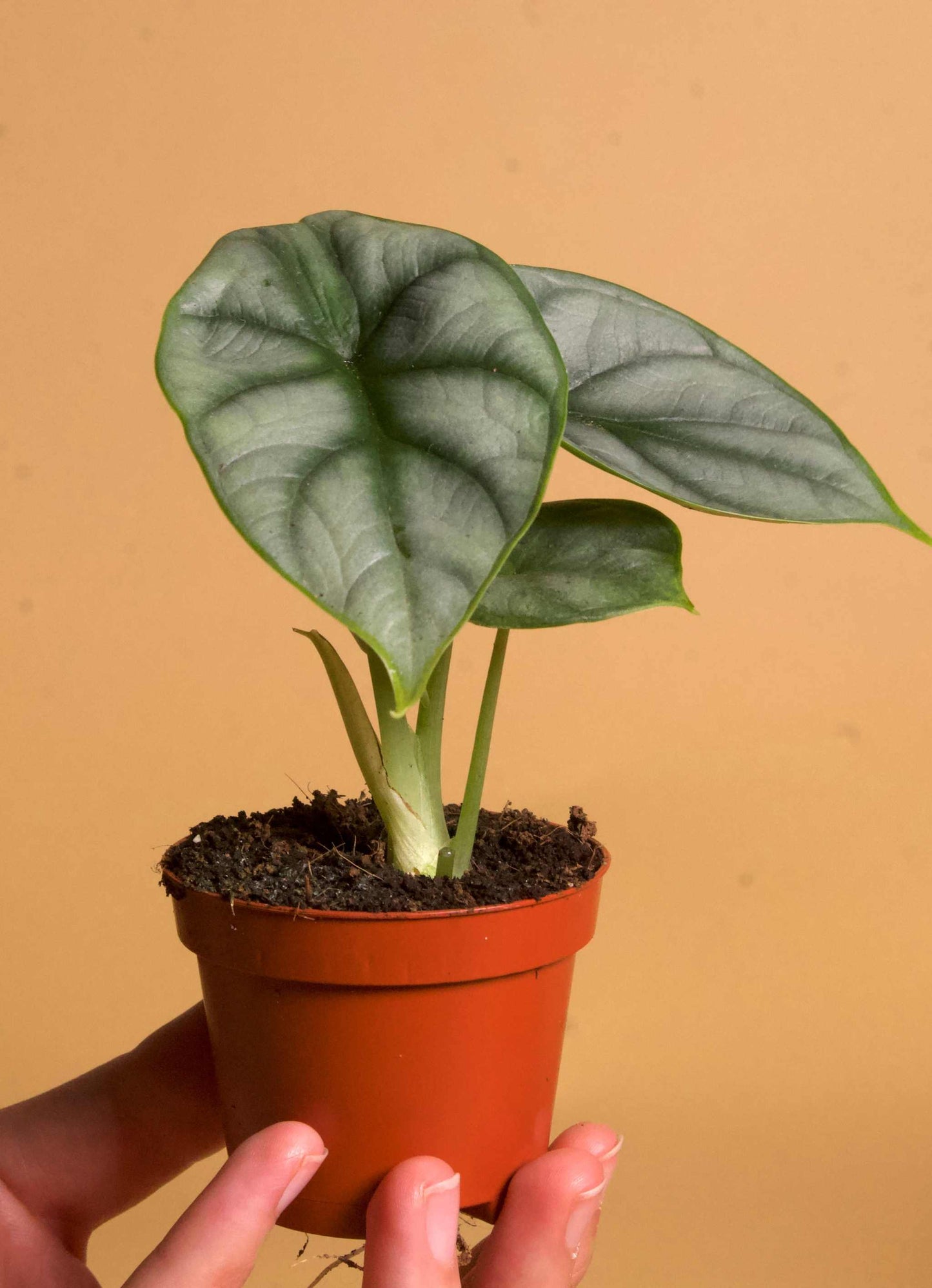

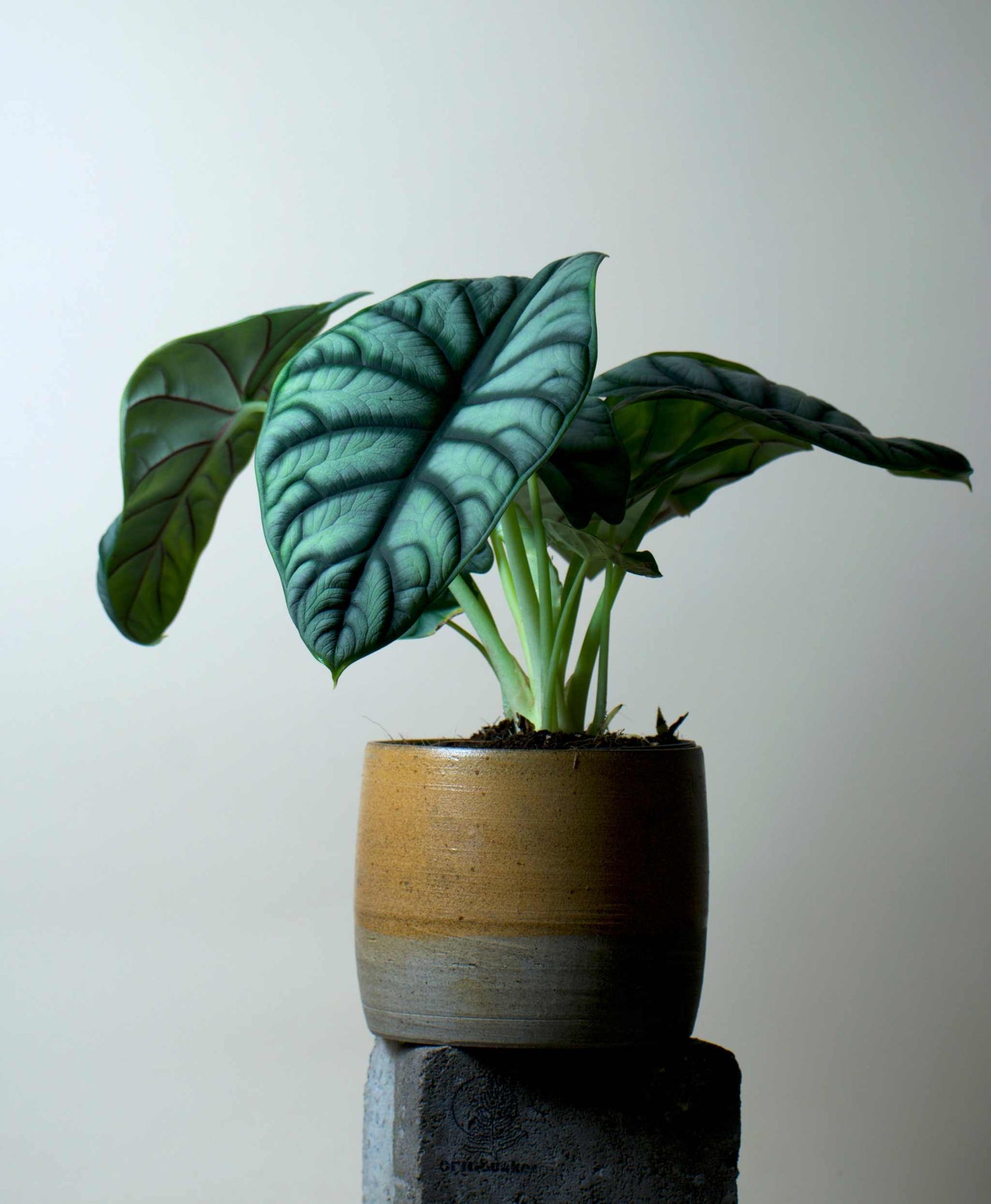
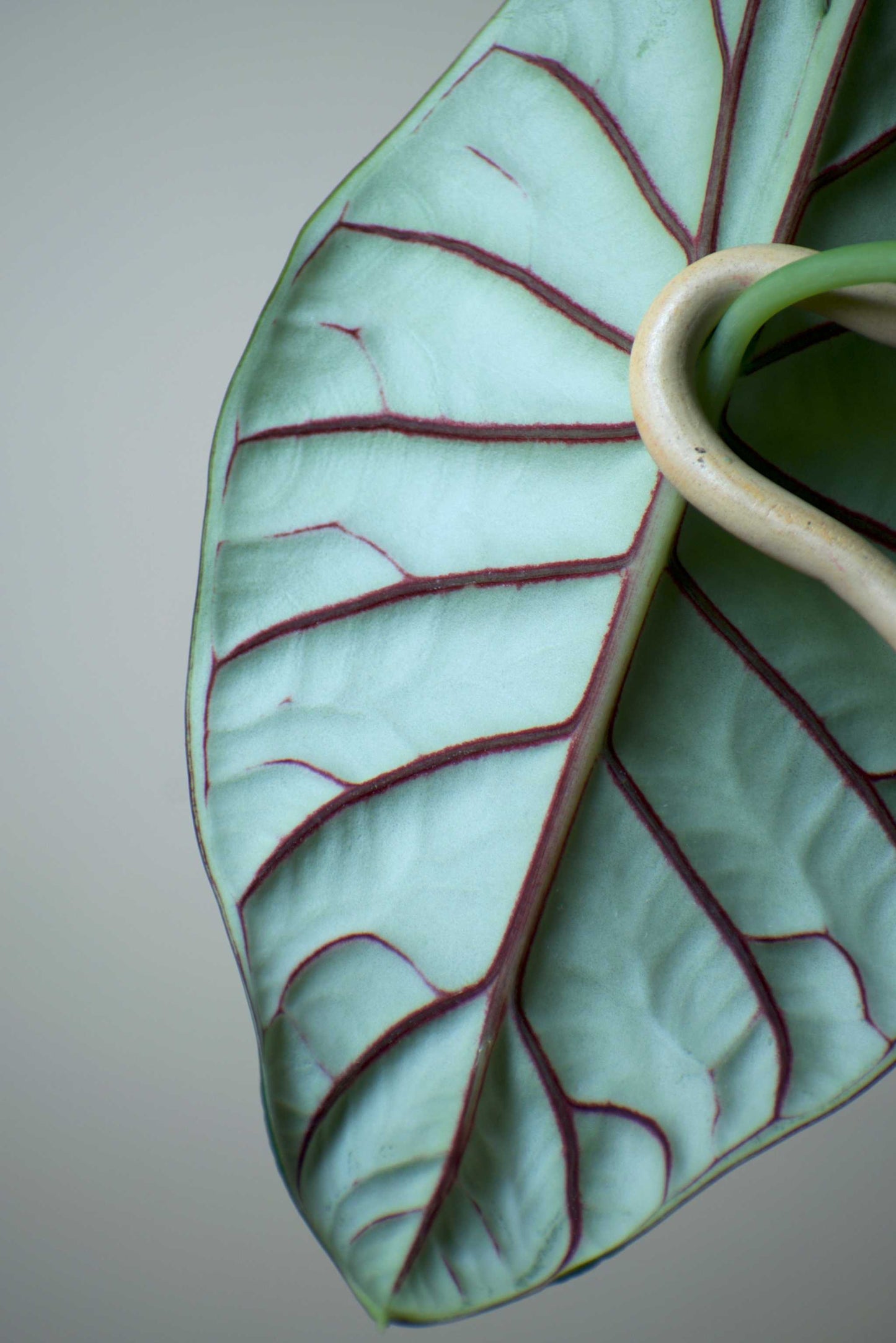
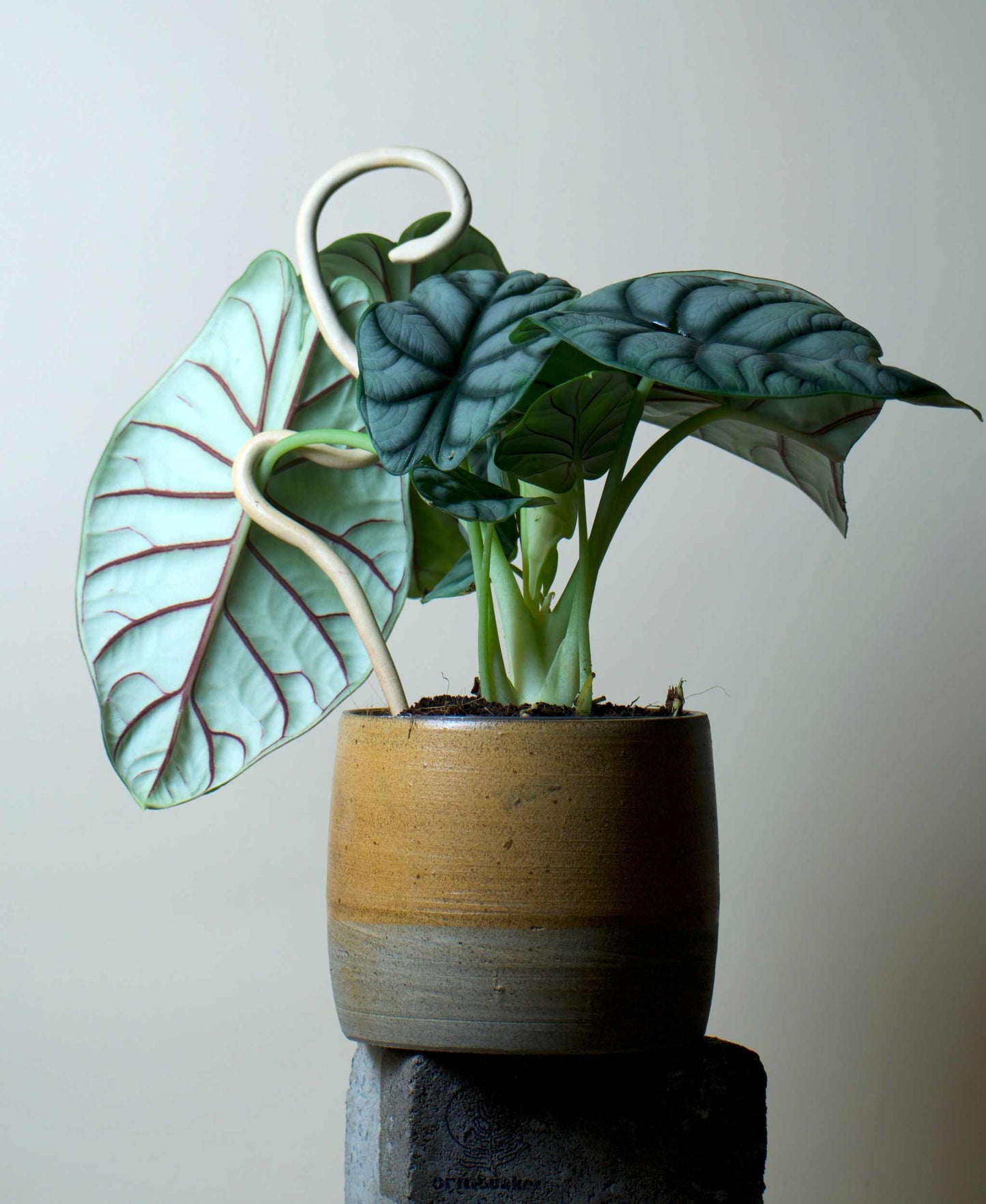
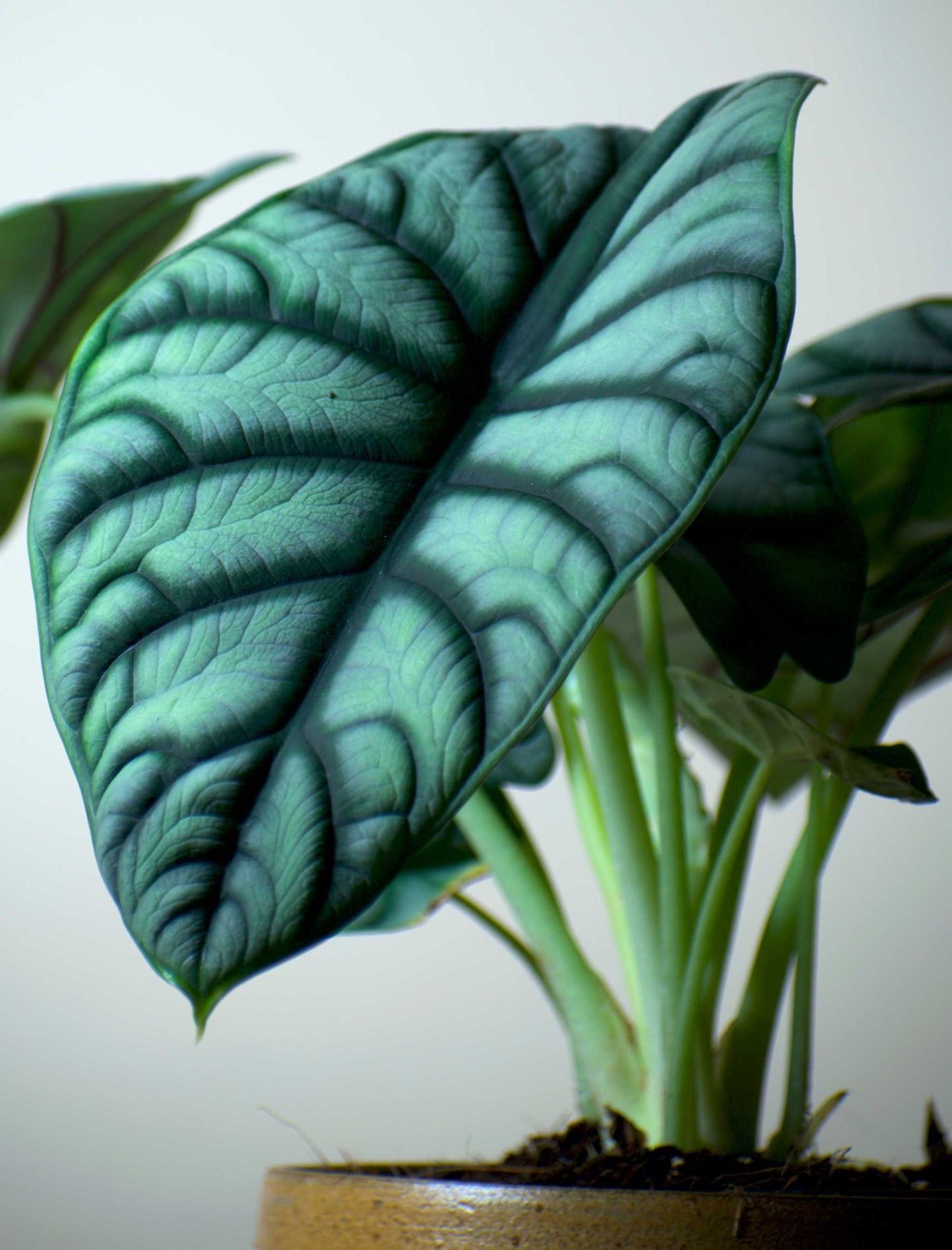
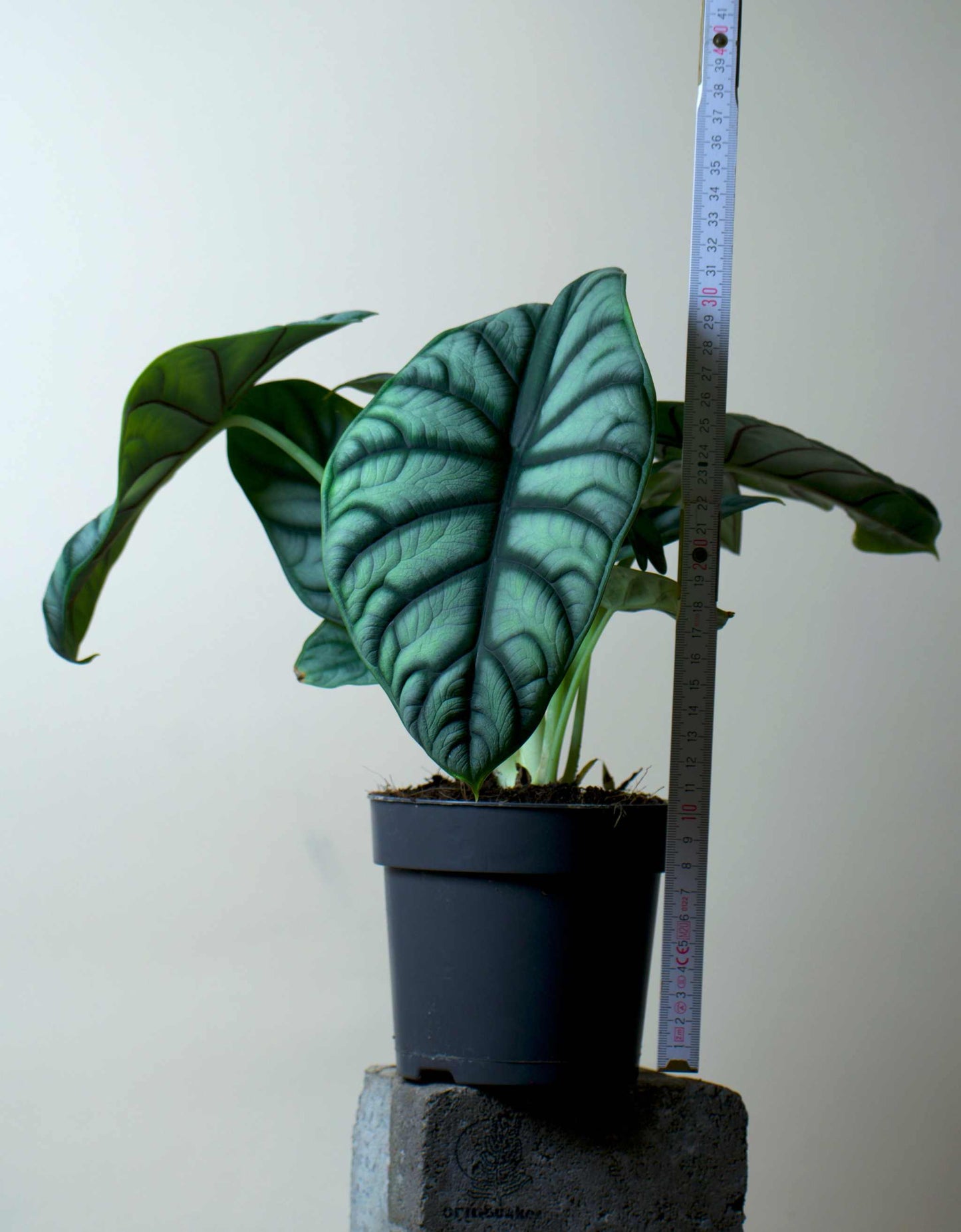
Reviews in Other Languages

Join the customer club
Earn points on purchases and through special actions. Spend your points on rewards including gift products & discounts
Learn more about your plants!
View all-

Föröka dina Krukväxter | Tips från experten
Finns det något mer tillfredsställande än att se en ny växt växa från en stickling du själv gjort? Att föröka växter innebär att skapa nya växter från delar av dina...
Föröka dina Krukväxter | Tips från experten
Finns det något mer tillfredsställande än att se en ny växt växa från en stickling du själv gjort? Att föröka växter innebär att skapa nya växter från delar av dina...
-

Gödsling av Krukväxter | Så Ger du dina Växter ...
Växter utomhus har hela jorden att röra sig i, men dina krukväxter? De sitter fast i sina små krukor med begränsad tillgång till näring. Tänk på det som skillnaden mellan...
Gödsling av Krukväxter | Så Ger du dina Växter ...
Växter utomhus har hela jorden att röra sig i, men dina krukväxter? De sitter fast i sina små krukor med begränsad tillgång till näring. Tänk på det som skillnaden mellan...
-

Beginner's Guide to Plant Lighting: How to Choo...
Learn all about grow lighting for beginners! Discover the difference between grow lights and regular lights, how to choose the right grow light for your green plants, and why LED...
Beginner's Guide to Plant Lighting: How to Choo...
Learn all about grow lighting for beginners! Discover the difference between grow lights and regular lights, how to choose the right grow light for your green plants, and why LED...







